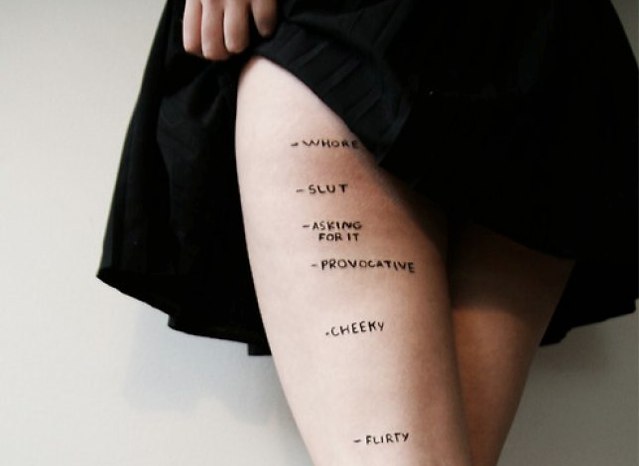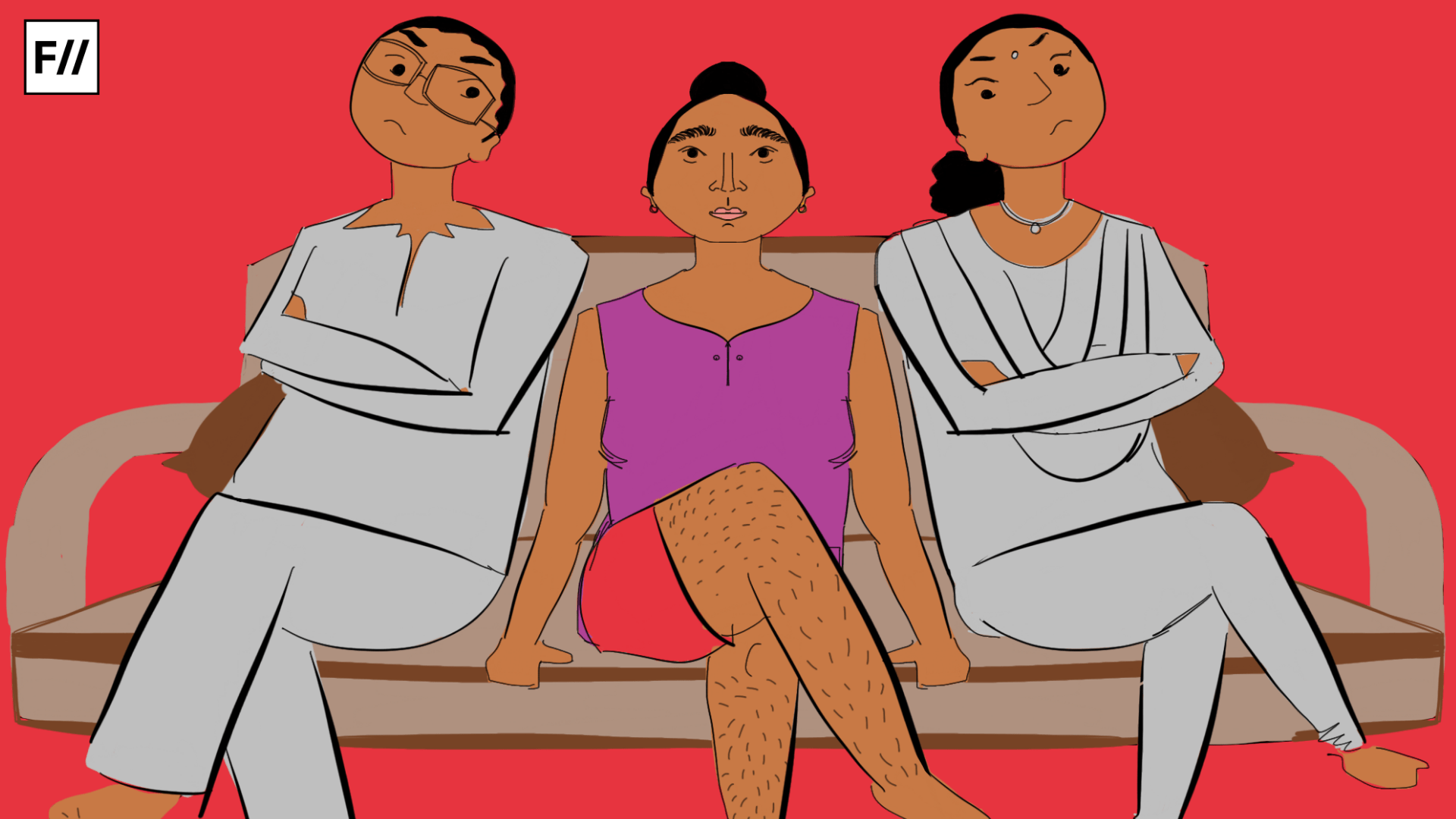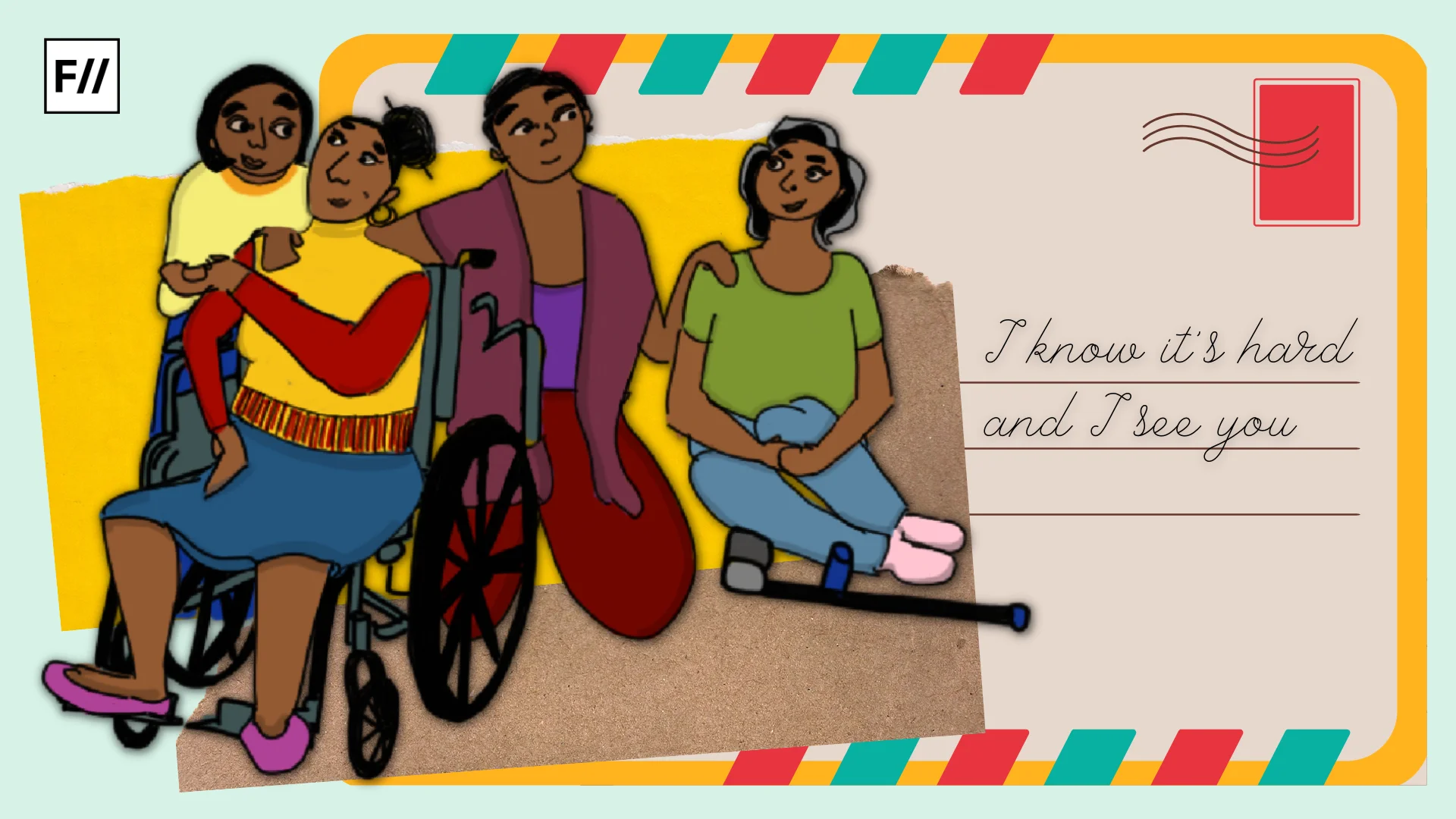The behavior of condemning or depreciating someone’s (typically a woman) worth based on their sexual reputation is known as slut shaming . It is the act of humiliating and degrading a girl or woman because of her sexual conduct, which includes dressing in a particular manner, having sexual feelings, and/or exploring and displaying them.
It’s a blanket term for telling someone they’re immoral, or worthless. The purpose of slut shaming is to regulate women’s sexuality through the use of archaic cultural conventions. Slut shaming is directed at anyone who does not adhere to the established societal norms around sexual behavior. Slut-shaming affects married individuals, celibate people, abuse survivors, and even children. Survivors of violent and demeaning slut-shaming are more likely to be from marginalised identities.

What does slut shaming look like?
Slut-shaming can be explicit (She is such a slut!). It includes branding someone as loose, easy, skank, or a whore. It can also be subtle (Are you really gonna wear that?). It can even be reframed as a concern (What if it sends the wrong message?). It can look like accusing a rape survivor of causing the attack (What else were you expecting?). Slut-shaming has become so ingrained in our culture that almost everyone has done it, or at least unknowingly participated in it.
Furthermore, social media sites have become a new medium for slut-shaming. In comment sections, slurs and sexual harassment are common. Slut shaming happens in digital spaces when someone uses sexually explicit images, videos, or conversation histories to embarrass or mock someone.
Slut-shaming is used to humiliate and discredit women who strive to break free from this “pure” mould. It aims to punish and ridicule women for not following cultural norms. Women are frequently stigmatised if they have a “high” number of partners, because our culture is fixated on female purity, and a “high” score indicates that women are of dubious character. Men, on the other hand, are more likely to be embarrassed if they have a “poor” number because our society associates sexual conquests with male success
Slut shaming typically takes the form of insulting someone for reasons such as -having sexual desires, thinking and discussing about sexual matters, having more than one sexual partners, exploring various sexual fantasies, having physical qualities that appeal to people of the opposite sex, masturbating, dressing sexily, enjoying nudity, and the like. It is aimed to contain the person being shamed into moralistic, patriarchal ideas of sexual exploration, self expression and desire.
Also read: Slut Shaming and The Friend Zone: Two Sides of The Objectification Coin

Where does slut shaming come from?
We live in a sex-negative culture in which women are expected to be consumable, seductive commodities while maintaining the impression of purity and virginity. Purity obsession is the source of this malevolence. It is closely associated with sexual shame since women who enjoy sex or have several sex partners are thought to be sinful and immoral.
People of all countries, faiths, and ideologies might become fixated on the number of a woman’s lovers as though her character is determined by it. Our society imposes on all women the patriarchal notion of “pure ideal womanhood.” Only sexual practices involving procreation or “spousal responsibility” are intended to be pursued by an ideal woman.
Slut-shaming is used to humiliate and discredit women who strive to break free from this “pure” mould. It aims to punish and ridicule women for not following cultural norms. Women are frequently stigmatised if they have a “high” number of partners, because our culture is fixated on female purity, and a “high” score indicates that women are of dubious character. Men, on the other hand, are more likely to be embarrassed if they have a “poor” number because our society associates sexual conquests with male success.
How does slut shaming affect women?
Despite the fact that slut-shaming appears to be harmless banter with no real consequences, it is a major problem that women must deal with on a daily basis. Being constantly judged disrupts their mental serenity and has a severe impact on their productivity. Slut-shaming at school, for example, results in low academic performance, school violence, and delinquent behavior. Slut-shaming in the workplace has a negative impact on female employees’ productivity, creativity, and general professionalism.
Furthermore, survivors of slut shaming may experience self-hatred, sexual dread, sexual recklessness, body image concerns, low self-esteem etc. It leads to frustration, loneliness, and social exclusion in the long run. They may experience psychological issues such as depression, anxiety, and suicidality. Numerous incidents of young girls being sexually shamed and consequentially dying by suicide have been reported.
Even schoolgirls are subjected to slut-shaming. Slut shaming is one of the most common forms of sexual harassment experienced by adolescents in middle and high school, according to a survey. Survivor blaming is the most vile and pervasive type of slut-shaming. “What was she wearing?” “What was she doing there anyway?” are the very first questions some people ask when they hear about an incident of sexual assault

Slut-shaming is everywhere: on the streets, at schools, at work, on social media and even at our homes. We have all heard our moms and aunts criticising someone, sometimes even us, for not wearing the dupatta properly or having male friends. On social networking sites, we’ve seen a slew of hate remarks shaming women for how they dress, how they act, and what they do.
Even schoolgirls are subjected to slut-shaming. Slut shaming is one of the most common forms of sexual harassment experienced by adolescents in middle and high school, according to a survey. Survivor blaming is the most vile and pervasive type of slut-shaming. “What was she wearing?” “What was she doing there anyway?” are the very first questions some people ask when they hear about an incident of sexual assault.
Also read: How To Feel Liberated By Reclaiming The Slut Shaming Slang Words
Slut shaming propagates the notion that women are to blame for the sexual violence against them, and that it is their obligation to protect themselves against sexual assault. Slut shaming has an impact on how people see “womanly behavior“. It communicates the hazardous message that a woman’s sexual history determines her worth and how she should be treated. This is not only invasive to the personhood and choices of women, but also a blatant endorsement of patriarchy’s mandates on how women and other marginalised genders must behave.
Featured Illustration: Ritika Banerjee for Feminism In India
About the author(s)
Shawrina is currently doing her honors in English Language and Literature at the East Delta University. She is just dipping her toes into the vast ocean of writing. She is always on the lookout for inspiration from the simple things in life. Her research interests involve anything that makes her wonder about the world around and within her




